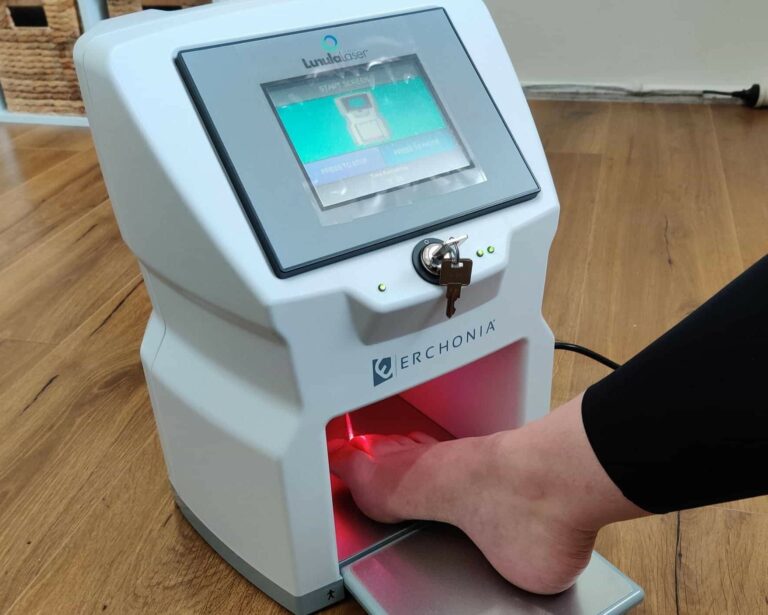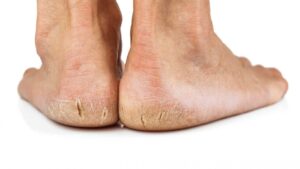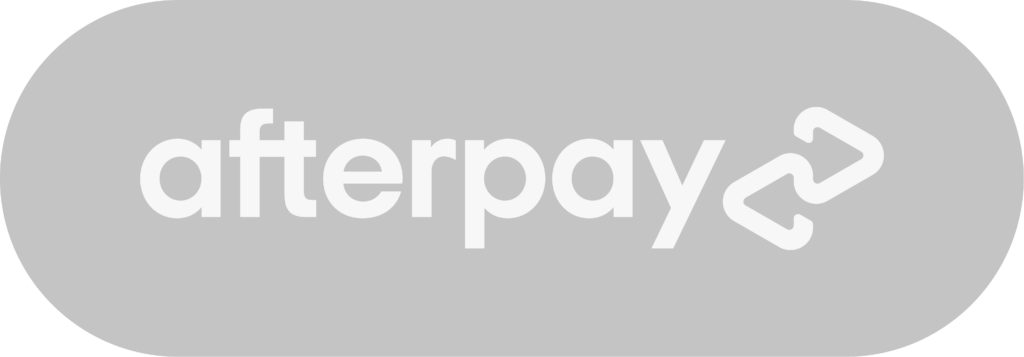Are you struggling with a persistent fungal nail infection on your toenails? You’re not alone. Fungal nail infections, known medically as onychomycosis, are surprisingly common in Australia, affecting around 3 out of every 100 Aussies at some point. While it may seem like a minor inconvenience initially, toenail fungus can quickly escalate, leading to unsightly, thickened, discoloured, and brittle nails. The longer it’s left untreated, the more stubborn it becomes.
Thankfully, modern podiatry now offers effective solutions that are safer and more successful than ever before. One of the leading advancements in fungal nail treatment is laser therapy, a non-invasive and highly effective method that addresses the infection at its root.
In this guide, we’ll walk you through everything you need to know about laser treatment for toenail fungus, how it compares to other treatments, and why it’s quickly becoming the preferred choice for patients seeking long-term relief.
What is Toenail Fungus & Why is it Difficult to Treat?
Toenail fungus is a fungal infection that infiltrates the nail bed beneath the toenail, often caused by dermatophytes. It thrives in warm, moist environments such as gyms, pools, and communal showers. Left unchecked, the infection causes nail discolouration, thickening, and even nail separation.
What makes toenail fungus particularly tricky to treat is its location beneath the nail surface. Traditional treatments, such as topical creams, struggle to penetrate the nail plate and reach the infection effectively.
Common Treatments for Fungal Nail Infections
There are a few primary options when it comes to treating toenail fungus in Australia:
1. Topical Anti-Fungal Medications
Topical treatments, like creams and lacquers, are widely available but unfortunately come with a low success rate of around 10%. These treatments require diligent daily application over several months, with visible results taking a long time to appear. For many Australians, this method alone is insufficient to fully eradicate the infection.
2. Oral Anti-Fungal Medications
Oral medications are more potent, with a success rate of approximately 70%. However, they come with significant drawbacks, including potential liver toxicity. Patients undergoing oral treatment must undergo regular liver function tests, and certain individuals, such as pregnant women and those with liver conditions, may not be suitable candidates.
Introducing Laser Treatment for Toenail Fungus
Laser treatment has emerged as a game-changing option for combating fungal nail infections. Unlike topical or oral treatments, laser therapy works by delivering concentrated light energy directly into the nail bed, targeting and destroying fungal cells without harming the surrounding tissue.
At ModPod Podiatry, we use the latest laser technology, offering both hot and cold laser systems. Over time, we’ve found the cold laser system delivers superior outcomes, and it is now our preferred method.
Benefits of Cold Laser Toenail Fungus Treatment
The cold laser system offers several distinct advantages:
| Feature | Hot Laser | Cold Laser |
|---|---|---|
| Effectiveness | Limited | Up to 80% success rate |
| Pain Level | Can be uncomfortable | Completely pain-free |
| Treatment Duration | 1+ hour | 30 minutes per session |
| Number of Nails Treated | One at a time | All ten toenails simultaneously |
| Post-Treatment Comfort | Closed footwear may cause discomfort | Immediate return to normal footwear |
| Impact on Nail Bed | Risk of damage | Stimulates circulation and promotes healthy nail growth |
| Suitability | Not ideal for diabetics or children | Safe for diabetics and children |
What to Expect During Laser Treatment
Each laser session at our Sydney podiatry clinics takes approximately 30 minutes. The process is painless, with no need for anaesthesia or downtime. Most patients require multiple sessions spaced weeks apart, depending on the severity of the infection.
Our podiatrists will assess the extent of your fungal nail infection and develop a personalised treatment plan. The cold laser stimulates healthy nail regrowth while simultaneously destroying the underlying fungus.
Toenail Fungus Laser Treatment Results
Wondering if laser treatment really works? Clinical studies and patient testimonials reveal promising results, with up to 80% of patients experiencing significant improvements. You’ll likely notice gradual changes in the appearance of your nails over several months as healthy nail tissue grows out.
For the best long-term outcome, we also advise practicing good foot hygiene, keeping nails trimmed, and avoiding walking barefoot in communal areas.
Is Laser Toenail Fungus Treatment Right for You?
Laser treatment is ideal for anyone seeking a non-invasive, drug-free, and effective solution to fungal nail infections. It’s particularly beneficial for patients who:
- Have not responded well to topical treatments
- Wish to avoid potential side effects of oral medications
- Are children, elderly, diabetic, or pregnant
- Prefer a quick, convenient treatment with no downtime
Book Your Fungal Nail Laser Treatment in Sydney
If you’re ready to say goodbye to unsightly fungal nails and restore your confidence, our experienced team at ModPod Podiatry is here to help. We offer cold laser toenail fungus treatment at multiple convenient locations across Sydney, including Mosman, Ryde, Rose Bay, Dee Why, and more.
Contact us today to schedule your consultation and take the first step towards healthier nails.










